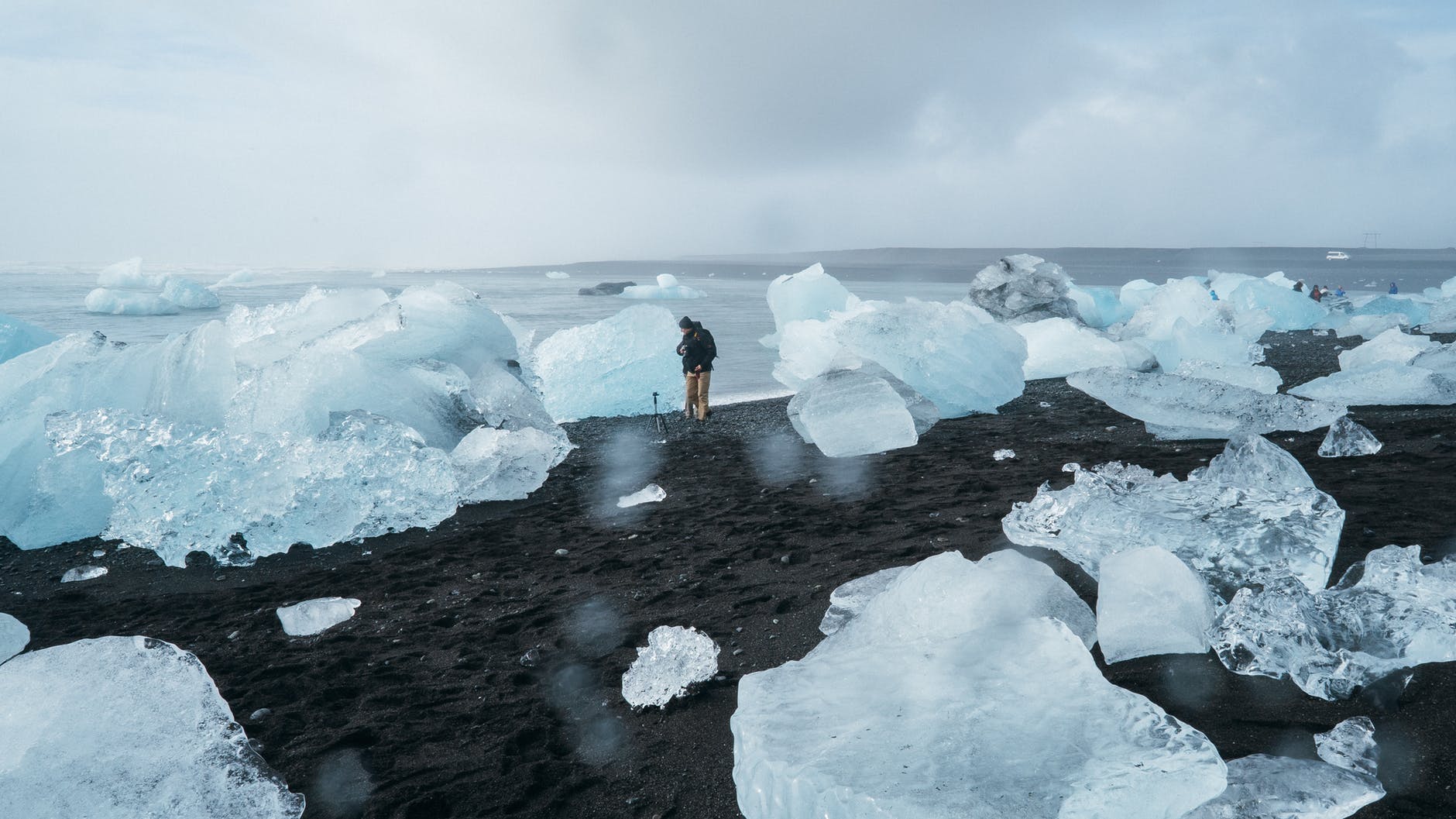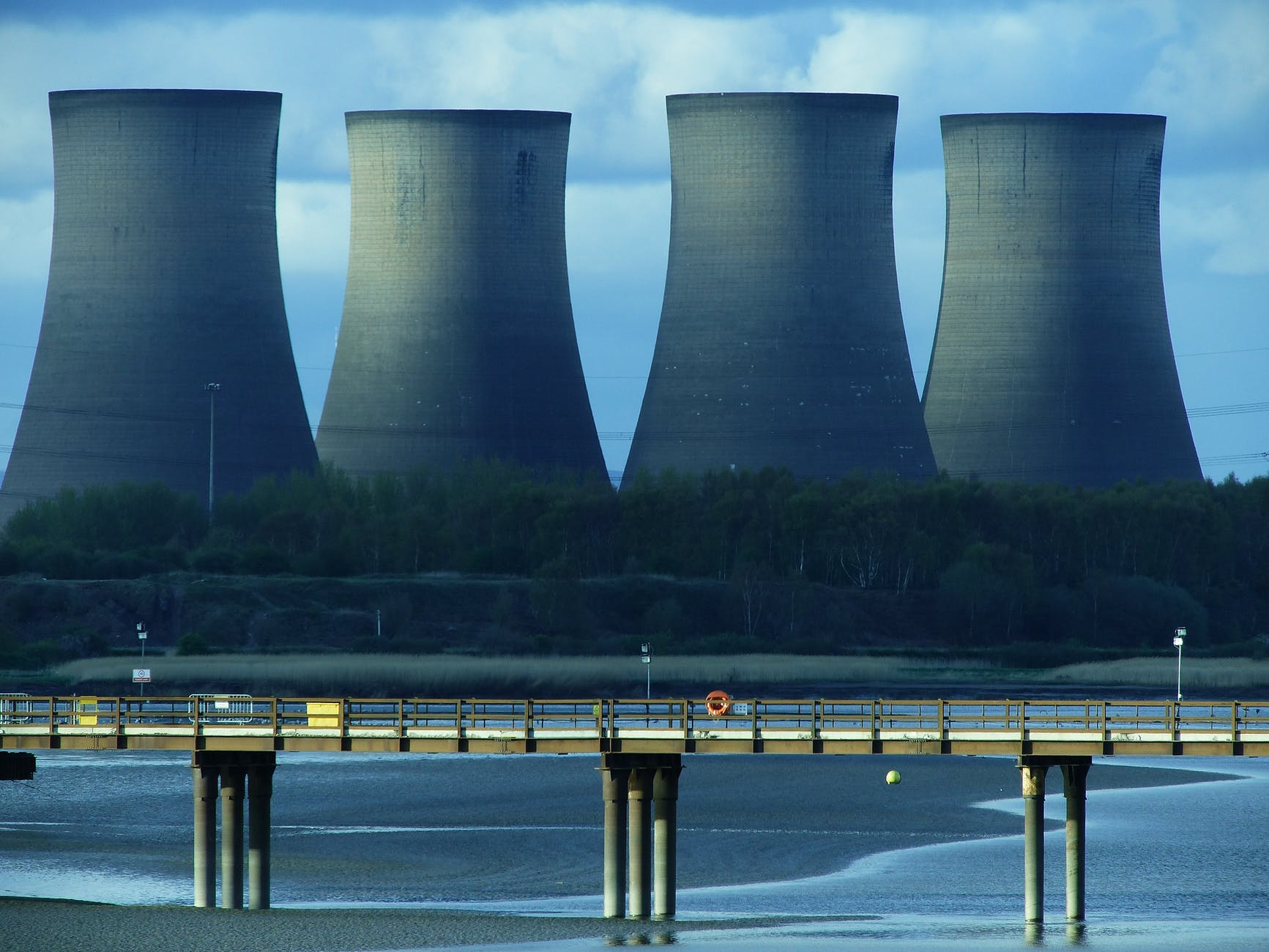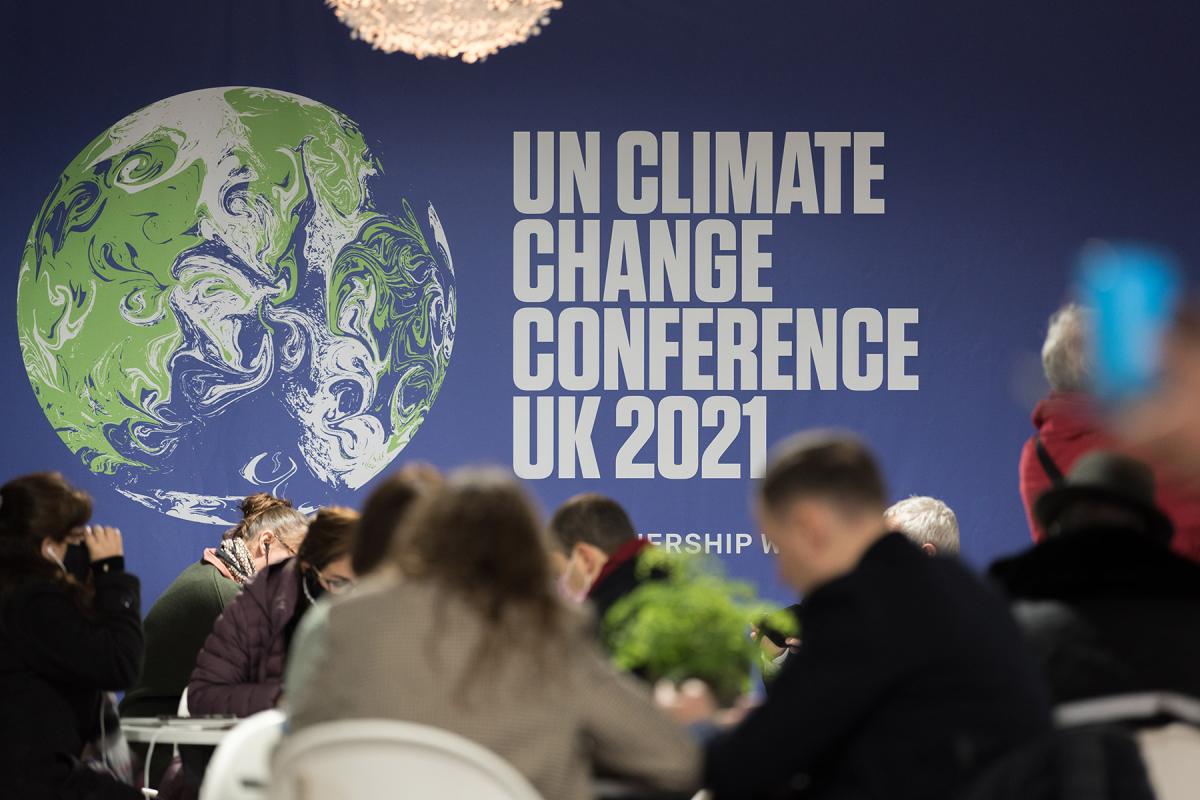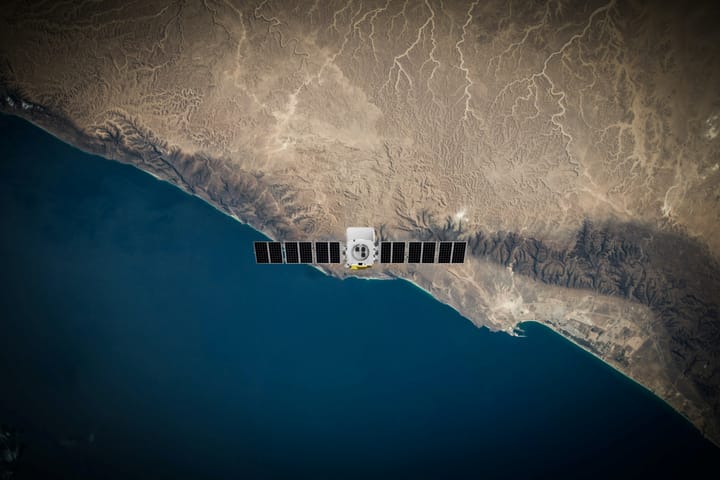What leads to climate change?

A few minutes every morning is all you need.
Stay up to date on the world's Headlines and Human Stories. It's fun, it's factual, it's fluff-free.
The consequences of climate change have already begun to manifest in our environment. From rampant wildfires and prolonged droughts to intense tropical storms and rising sea levels, this contentious but irrefutable topic will continue to wreak havoc on our lives.
Climate change has become more than just a buzzword in households worldwide. Even though the United Nations first raised the issue of climate change at a Scientific Conference in 1972, many people and governmental bodies have struggled – and still struggle – to take the threat seriously. Most have a vague idea of climate change’s definition, but some remain unclear about what leads to climate change.
What is climate change?

Climate change is a long-term shift in global weather, measured by changes in precipitation, temperature and other variables. Though climate change most often refers to average conditions, it can also indicate variations in extreme weather activity. The uptick in natural disasters over the past five decades is brought to you by climate change.
Earth’s average temperature and weather conditions are regulated by incoming and outgoing energy. When an imbalance arises between these two elements (the increase in the amount of outgoing energy or incoming energy), long-term change can occur. Past causes of climate change are not necessarily pertinent to contemporary climate change.
Natural and human causes

Both human activity and natural processes can lead to climate change; however, human activity is by far the primary cause of climate change. Human activities like burning fossil fuels and deforestation for the purpose of agriculture contribute to climate change through global warming. Since the height of the Industrial Revolution, human influences on the environment have spiked exponentially.
These human activities influence the aforementioned balance between the amount of incoming energy and outgoing energy, which can either warm or cool the climate. Burning fossil fuels release carbon dioxide, a greenhouse gas. The emission of greenhouse gases is the main culprit behind rising global temperatures, or global warming. Moreover, when greenhouse gases build up in the atmosphere, they remain in the atmosphere for an extended time.
Countries around the world have to burn fossil fuels as a heat and energy source, and the United States has played one of the leading roles in worldwide fossil fuel emissions. An analysis from the World Resources Institute shows that from 1850 to 2011, the US contributed to 27% of the world’s total carbon dioxide emissions. The European Union came in second at 25%, and China came in third at 11%.
China has since surpassed the US and become the largest emitter of greenhouse gases, according to the US Environmental Protection Agency. However, that has only recently happened within the last decade.
Earth’s climate can also be affected by natural forces, including volcanic activity, solar output or Earth’s orbit around the Sun. When it comes to the energy balance on Earth, these forces generally influence the level of incoming energy.
Research indicates that natural causes cannot account for contemporary climate change. The sun’s average amount of energy has remained almost entirely static since 1750. The effect of greenhouse gases has been over 50 times that of the effect of the sun’s output.
The Greenhouse Effect
Greenhouse gas emissions produce what is known as the Greenhouse Effect. Greenhouse Effect gases include:
- Water vapor: This is the most plentiful greenhouse gas. It increases as the atmosphere warms, and so does the frequency of clouds, rain and snow.
- Carbon dioxide (CO2): This is a small but essential part of the atmosphere. Carbon dioxide is released through respiration and volcano eruptions and also through human activity such as deforestation and fossil fuel combustion.
- Methane: This hydrocarbon gas is produced in nature and through human activities, including decomposing waste in landfills. In terms of agriculture, rice cultivation, ruminant digestion and manure management from domestic livestock account for a large portion of methane emissions.
- Nitrous oxide: This potent greenhouse gas comes from soil cultivation, mainly the use of commercial and organic fertilizers, fossil fuel combustion, nitric acid production and biomass burning.
- Chlorofluorocarbons (CFCs): These are industrial synthetic compounds used for many purposes but largely regulated in production and released by international agreement, as they contribute to destroying the ozone layer.
Climate change initiatives in Hong Kong
Carbon dioxide plays the most harmful role in human-induced climate change. Its significant life span means that carbon dioxide levels rise much faster than they dissipate. We’re talking centuries.
Climate change and global warming can only be mitigated by reducing global emissions of carbon dioxide to zero. But, even then, the impact of human activity on the climate has been so drastic that global temperatures will stay in their current warmer state.
Climate change in Hong Kong is on par with the average experience around the globe. Electricity generation accounts for roughly two-thirds of carbon emissions in Hong Kong. Hong Kong’s two power companies plan to replace coal-fired units with gas-fired units within the decade. Hong Kong aims to cut emissions from 2005 levels by 65-70% in 2030.
The government has set aside HK$2 billion since 2017-18 to install smaller renewable energy facilities at government properties. Their 1.1 MW solar farm was built in 2016 at the Siu Ho Wan Sewage Treatment Works.
Climate change initiatives worldwide

China
China’s President Xi Jinping announced in 2020 while speaking with the UN General Assembly in New York that the country plans to become carbon neutral. An official translation has President Xi saying, “We aim to have CO2 emissions peak before 2030 and achieve carbon neutrality before 2060."
In the last decade, China has surpassed the US as the most significant emitter of greenhouse gas emissions. The country is the most significant source of carbon dioxide, responsible for around 28% of global emissions.
The US
US President Biden announced a new target – a 50-52% reduction from 2005 levels in economy-wide net greenhouse gas pollution – to be achieved by 2030. Biden was also responsible for the US reentering the Paris Agreement.
In 2017, former President Trump announced that the US would leave the Paris Agreement. However, this process was delayed around three years due to complex rules and regulations. This meant that the US was formally withdrawn from the Agreement in 2020.
During his presidential campaign, Biden pledged to get the US back into the agreement as soon as possible, which he ended up doing on his first day in office.
Among initiatives supporting renewable energy, electric vehicle development and more, the US is rolling out legislation to address its role in climate change. One notable plan is the US Army’s first-ever Climate Strategy. This strategy aims to reduce the army’s greenhouse gas pollution by 50% by 2030 and achieve carbon neutrality by 2050.
Global initiatives
After being postponed during the pandemic, the UN’s COP26 climate conference was finally held in November of last year in Glasgow. This conference brought together leaders from countries around the world to speak on climate change, explicitly laying out plans for reducing their environmental impact.
This year’s COP26 was especially notable, as it marks the first plan geared toward reducing the use of coal – which is responsible for 40% of CO2 emissions. Also, notably, the US and China agreed to work together. This is a big deal since they are the two largest emitters of greenhouse gas emissions globally and also have a bit of a tense relationship.
Their joint declaration asserted that they would “recall their firm commitment to work together" to achieve the 1.5C temperature goal set out in the 2015 Paris Agreement. However, China opted out of an agreement to limit methane emissions signed by over 100 other countries, instead pledging to develop a “national plan” to deal with methane.
The plan to limit methane emissions by 30% by 2030 was signed by more than 100 countries, excluding China, India and Russia. However, there are still hopes that they may join the plan later.
Other key agreements include a plan to stop deforestation by 2030 and for major financial organizations to back clean technology and renewable energy, steering their financial support away from fossil fuel-burning industries.
While the outcome of the COP26 negotiations didn’t meet everyone’s expectations, there were key developments in the global plan to address climate change, including major emitters working together to reduce their carbon footprint by a large margin.
Have a tip or story? Get in touch with our reporters at tips@themilsource.com




Comments ()